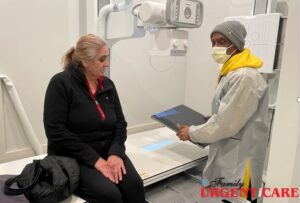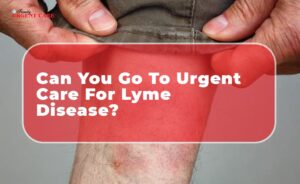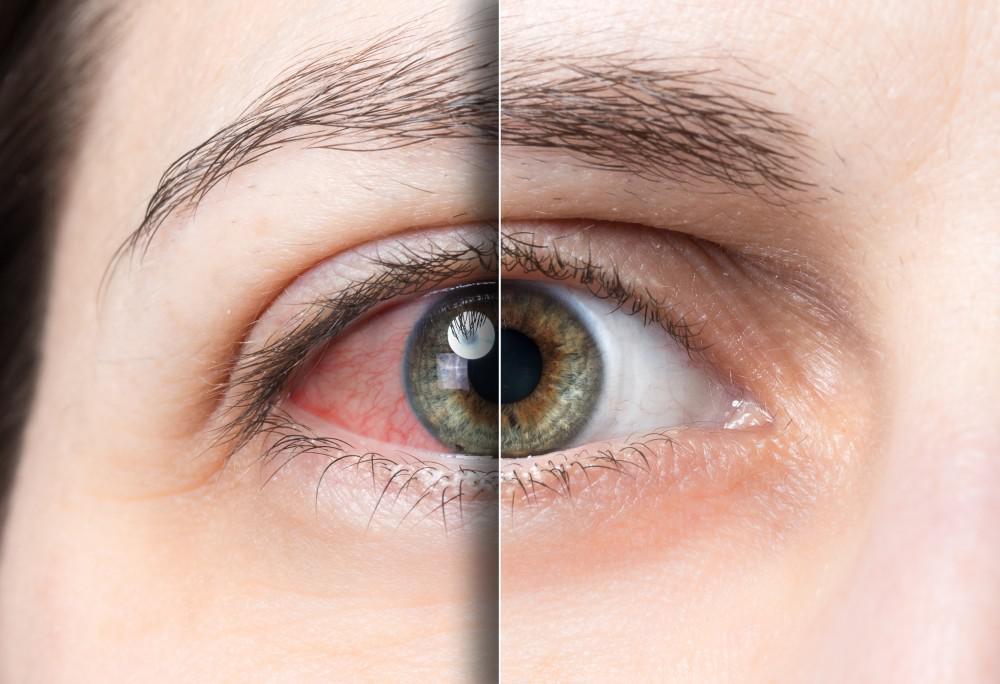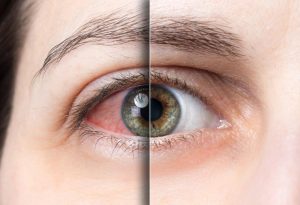Some people would describe pink eye as “icky” — the sensation of this infection is just one of the symptoms, but it is usually enough to bring people to their doctor’s office. Pink eye is very common, however, and no matter how severe the case, there are several things that you can do to treat and prevent pink eye, despite how miserable it can truly be.
Pink eye may not be the most serious condition, but it can deeply affect your daily life, including your ability to sleep as comfortably as you need in order to feel refreshed in the morning. Asrar Sheikh, MD, and Teofilo Vinluan, MD are our caring professionals at Family Urgent Care in Chicago, each with plenty of experience treating pink eye in a variety of different individuals.
What is pink eye?
Conjunctivitis, or pink eye, is an infection of the conjunctiva. Your conjunctiva is a fine, two-sided tissue that lines your eyelids and covers the white of your eyeball. If you’ve ever poked yourself in the eye, this flexible layer is what caught the impact. Within the tissue run tiny blood vessels that feed nutrients to this layer of your eye. When these tissues are infected, these tiny vessels inflame, causing your eye to look red, or pink.
There are several known causes of pink eye, most of them linked to viral or bacterial infection, though allergic reactions are also a common cause. Pink eye can also result from coming in contact with certain chemicals, including chlorine and air pollution. Polluted air is more likely to have foreign objects, which can also be a cause of pink eye. Babies may experience blocked tear ducts, which can cause painful conjunctivitis.
Anyone can get conjunctivitis, but children are particularly vulnerable to getting pink eye. People who wear contact lenses, especially decorative contact lenses, are vulnerable to developing pink eye.
What are five symptoms of pink eye?
There are several types of pink eye, and the different types tend to have overlapping symptoms. Conjunctivitis is generally assumed to be extremely contagious, but this is only true of conjunctivitis caused by viruses or bacteria. If you think you may have pink eye, you’re probably right, but knowing the symptoms can help you to know when it’s time to visit your provider at Family Urgent Care.
Bacterial conjunctivitis
As mentioned, most pink eye infections are bacterial, viral, or allergic. Several types of bacteria can cause pink eye infections of varying severity. Bacterial pink eye tends to affect more children than adults, and even has its own season: December through April are the months during which children are most likely to get pink eye.
Some symptoms of bacterial conjunctivitis can include soreness in the eyes and a pus that causes your eyelids to stick together. Some bacterial infections are less painful, and produce no discharge. Bacterial infections tend to spread quickly in daycares, where groups of children play in close quarters without ensuring proper hand hygiene.
Viral conjunctivitis
Highly contagious in its own right, viral pink eye often comes with an upper respiratory infection, or a cold. The same viruses that cause viral conjunctivitis also cause colds, and you can have both infections co-occurring. In addition to the usual pain and grittiness of any case of pink eye, viral pink eye produces watery discharge that can spread to the other eye, or another person, in days.
Allergic conjunctivitis
Allergic conjunctivitis is a type of infection with no cause for concern regarding contagion. Allergy attacks typically precede allergic conjunctivitis — the familiar sneezing, runny nose, wheezing, and coughing of hay fever can cause a reaction in your eye, and allergic conjunctivitis may happen then. Many allergy sufferers have experienced the red, itchy, watery mess that is allergic pink eye.
What do I do about pink eye?
Our multifaceted medical specialists are ready to provide the treatment and guidance to help you feel your best as soon as possible. For some cases of pink eye, you may be able to treat yourself at home easily and quickly. If your case is causing you any discomfort, you may be contagious, and should contact your provider at Family Urgent Care.
No matter what type of pink eye you have, we’re here to help. Call one of our offices for an appointment or book an appointment online with us today.
























